The Craftsman/Arts and Crafts design movement has been an inspiration to us at RealCraft since the brand's founding. Beyond the aesthetics, the core principles influence just about everything we do here. We made a video about it, but if you don't feel like watching, we're also sharing this blog! Keep reading below to learn more about Craftsman design.
The Origins of the Arts and Crafts Movement
The inciting event that kicked off this design movement was the Great Exhibition of 1851 in London. British architect Owen Jones remarked that"the architect, the upholsterer, the paper-stainer, the weaver, the calico-printer, and the potter produced novelty without beauty, or beauty without intelligence." An overly ornamental stylehad taken over, and a group of architects and designers came together to change this status quo. Important figures in this movement, which came to be called the Arts and Crafts movement, included writer and critic John Ruskin and textile designer William Morris. Ruskin influenced Morris, who became the movement’s figurehead.
Morris believed that the artist should be a craftsman-designer working by hand, He wanted to create a society of free craftspeople, which he believed was what it was like during the Middle Ages.Medieval art was the model for much of Arts and Crafts design, and medieval life, literature and building was idealized by the movement.
The American Craftsman Movement
The American Arts and Crafts movement was closely linked to theBritish movement. It was influenced by William Morris and the second generation of architect-designers, including Charles Robert Ashbee, who toured the United States. Journals and newspapers helped to spread the British Arts and Crafts ideals, as well as societies that sponsored lectures. These societies were spread out across the US, rather than originating in just one region. Boston was the first city with a Society of Arts and Crafts, founded in June 1897. Chicago’s Arts and Crafts Society began in October 1897, followed by cities like New York and Minneapolis.
One thing you might not know about the arts and crafts movement is that it allowed women to take part in handicrafts at a time when that wasn’t as common. In Boston, the Paul Revere Pottery employed girls and women to make pottery in 1908. Other crafts that women learned included metalsmithing and jewelry making. Women across the country learned these skills, from Louisiana to Chicago. This enabled women and girls to earn wages when there weren't too many ways to do that at the time.
Frank Lloyd Wright was influenced by this movement but took things in his own direction. Louis Comfort Tiffany is most heavily associated with Art Nouveau, but the Arts and Crafts movement also influenced his work. We see this most clearly in the prominence of stained glass in the Craftsman style.
Principles of Craftsman Design
The first principle is that form and function should be equally prioritized. This is in contrast to other design philosophies like the Shakers, where the function was more important than the form.
The second principle is the use of natural materials wherever possible. Craftsman style homes make use of real wood, stone, and brick.
The third principle as you might anticipate is to prioritize handmade crafts. This includes woodworking for furniture and cabinets, masonry, and metallurgy for lighting design.
Here are some of the hallmarks that you'll see in a lot of Craftsman homes:
- Exposed beams
- Covered frontporch
- Low pitched roofs
- Wood pillars
- Stained glass
- Distinct front doors
- Wood floors and trim
- Stone fireplaces
- Built-in cabinets
Why is the Craftsman style so popular?
The Craftsman style in the United States was quickly eclipsed in popularity by the Art Deco movement during the 1920s. So why is it still such a popular and often-imitated style? We think it’s because it’s designed to be functional and this makes craftsman style spaces feel more approachable and welcoming. Things are designed to be used, not simply looked at. It's a practical style that feels warm. For this reason, it’s a good option for many families.
How to Adapt Craftsman Style
Don’t feel like you have to create a super faithful recreation of the Craftsman look—even if you’re living in a genuine Craftsman home! There are ways to update and modernize this aesthetic without losing its essence. The original style has a lot of dark wood which isn’t super popular now, but you could adapt that by using a lighter wood or a less intense stain. You could go for White Oak or American Ash and stain them with a medium tone.
Cool white or soft gray are great options for wall paint if you want to update the traditionally dark color palette.
You could also add textured or patterned throw pillows, or an interesting area rug, for a bohemian touch to the space.
Can you mix the craftsman style with other styles?
Yes! Craftsman and farmhouse are good styles to mix and match, as they both favor practicality. Same goes for Shaker or Cape Cod style homes. If you love the cottage core aesthetic, that can be a harmonious choice too. Craftsman style favors clean lines and minimal ornamentation, but there’s also a lot of room for incorporating patterns and softer elements. Some of the early Arts and Crafts light fixtures and wallpaper feature floral motifs, so you can incorporate similar patterns.
We wouldn’t recommend pairing Craftsman style doors or furniture with something super modern or contemporary looking. While Craftsman pieces are simple, they also have a certain warmth to them; something very cold and angular doesn’t cohere well with this style. That being said, as long as you have a coherent color scheme, you can add more modern or industrial elements here and there.
Why is the Craftsman style a core part of the RealCraft product line?

We have several Craftsman style doors at RealCraft, including Craftsman T Window and Triple Lightstyles. We even have a Craftsman Style Dutch Door!
That’s because this design movement aligns with our particular way of doing things here. We build all of our doors by hand on site using solid wood, and we favor designs that marry function and form together. We also just like the aesthetic because it’s so timeless. In an era where trends come and go so fast, it’s nice to have something classic that stands the test of time.

Shop our complete collection of Craftsman doors today.


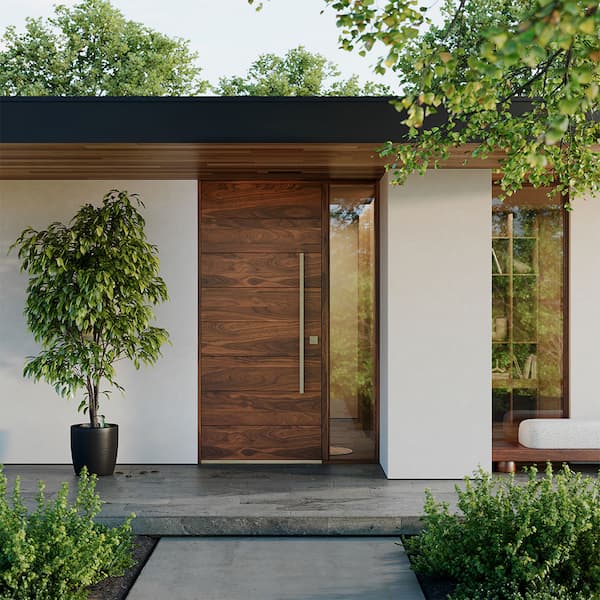


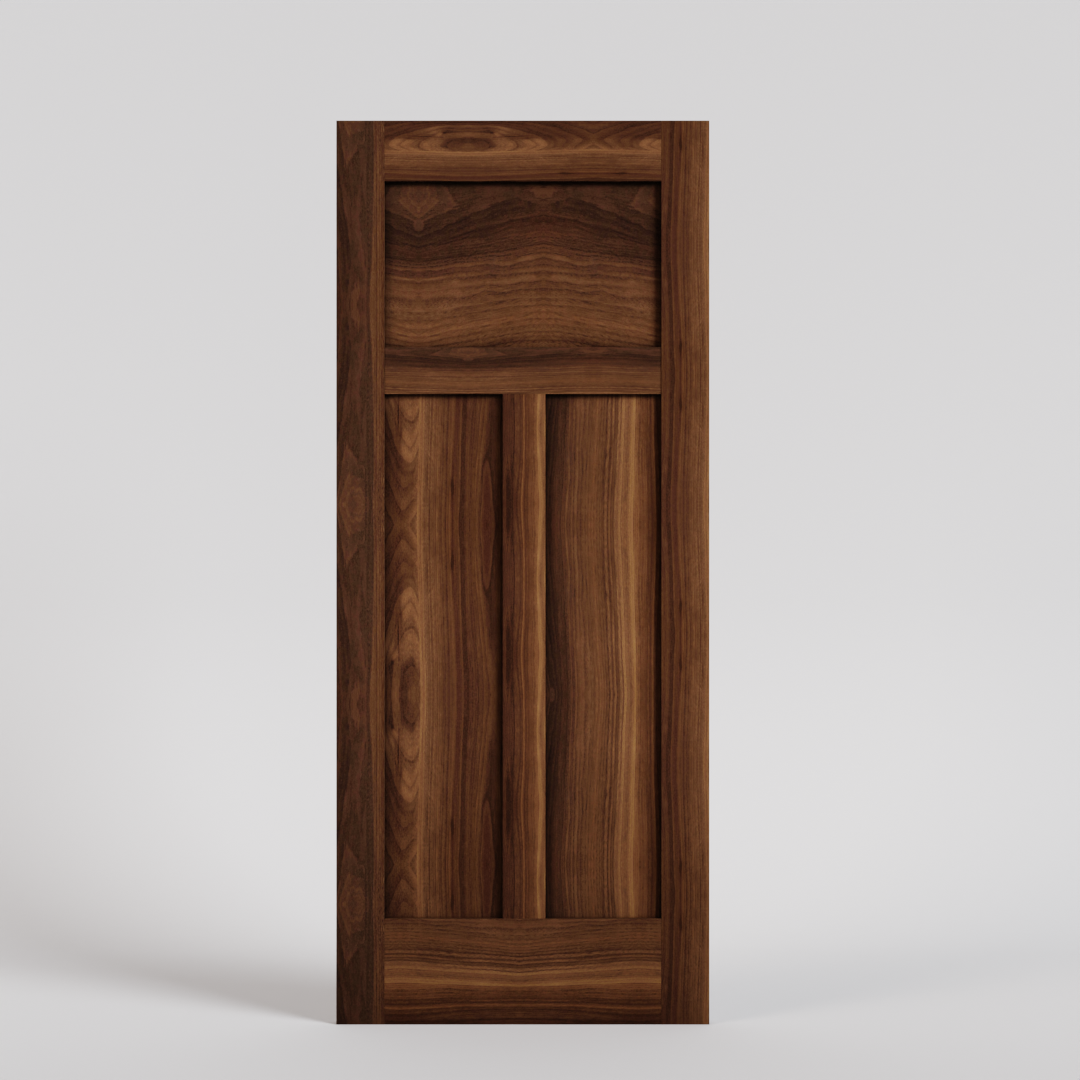
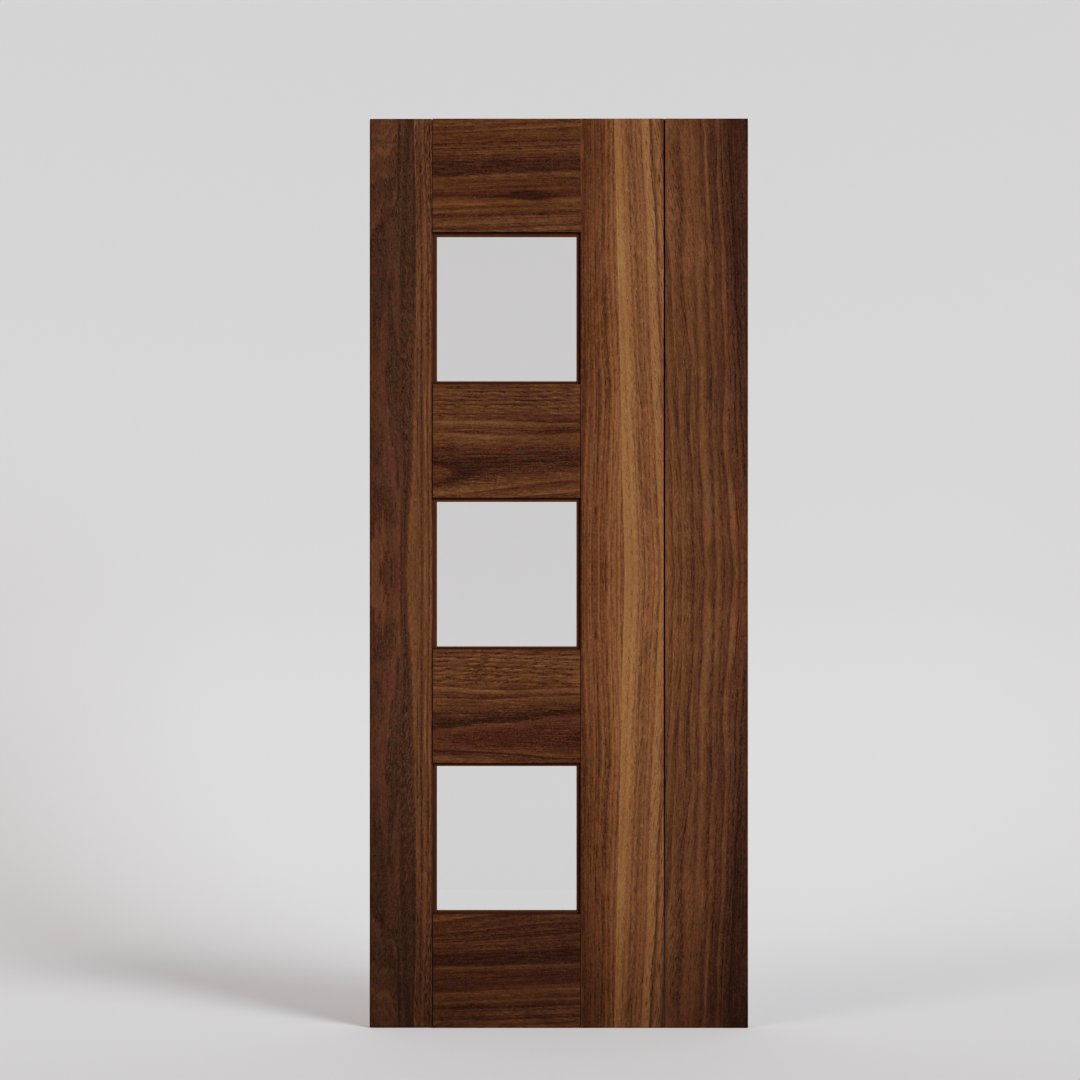
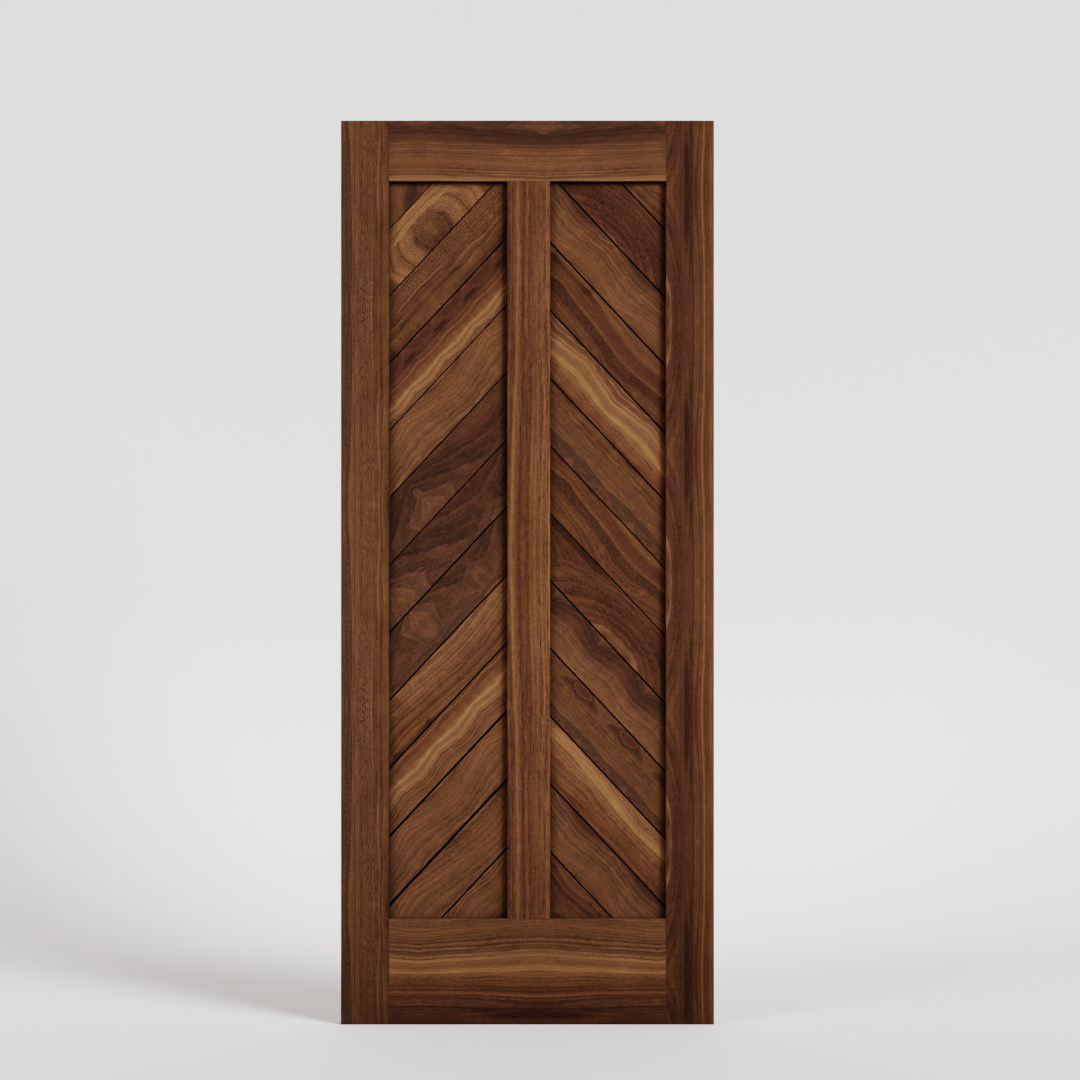
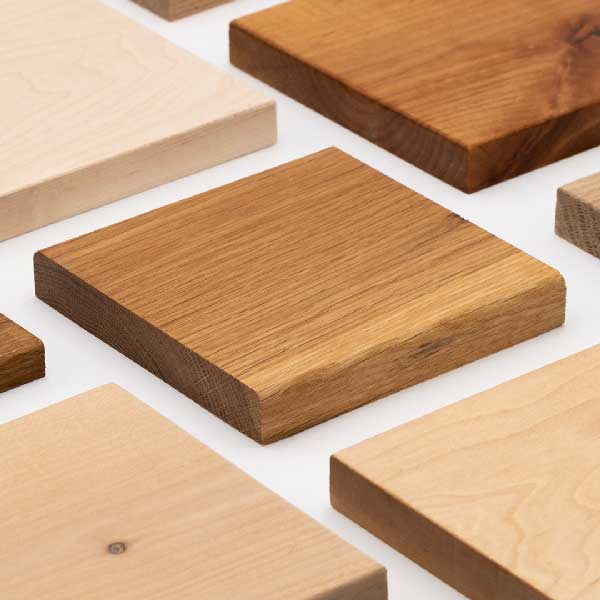

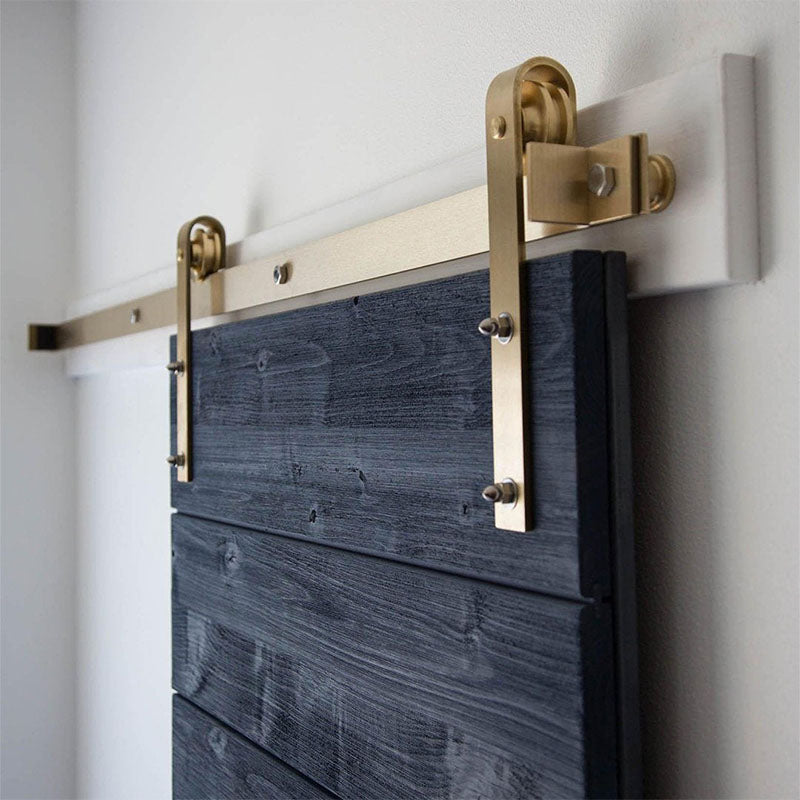
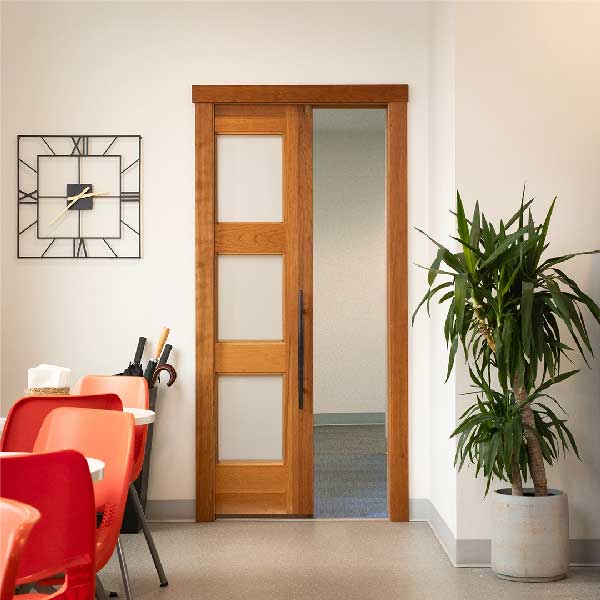

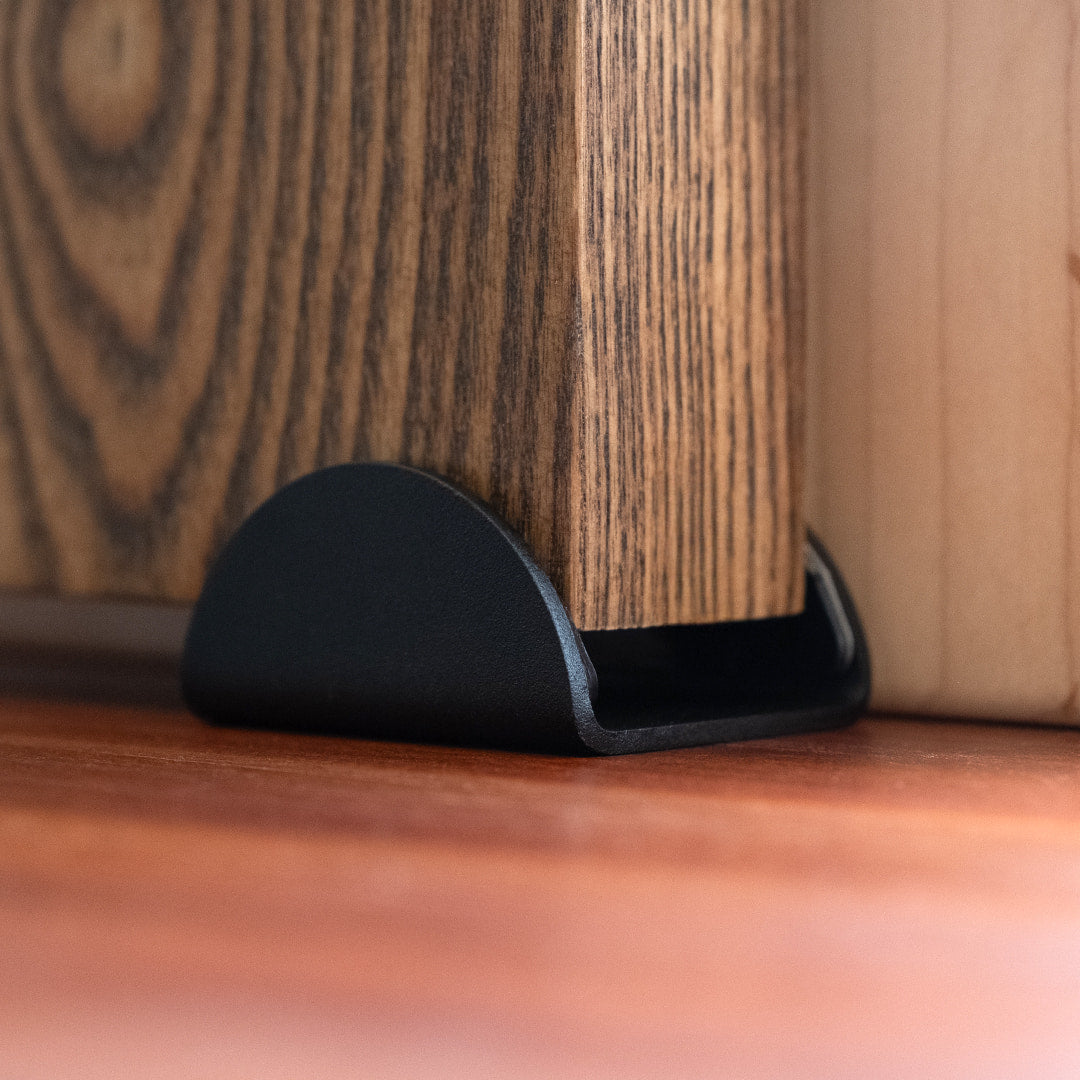







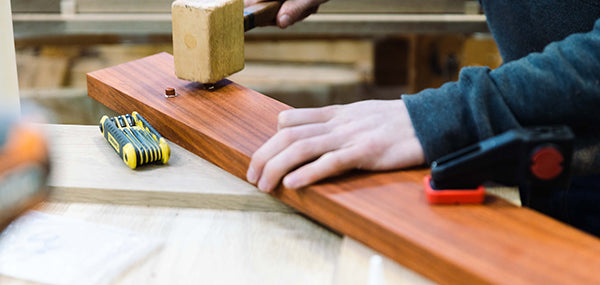




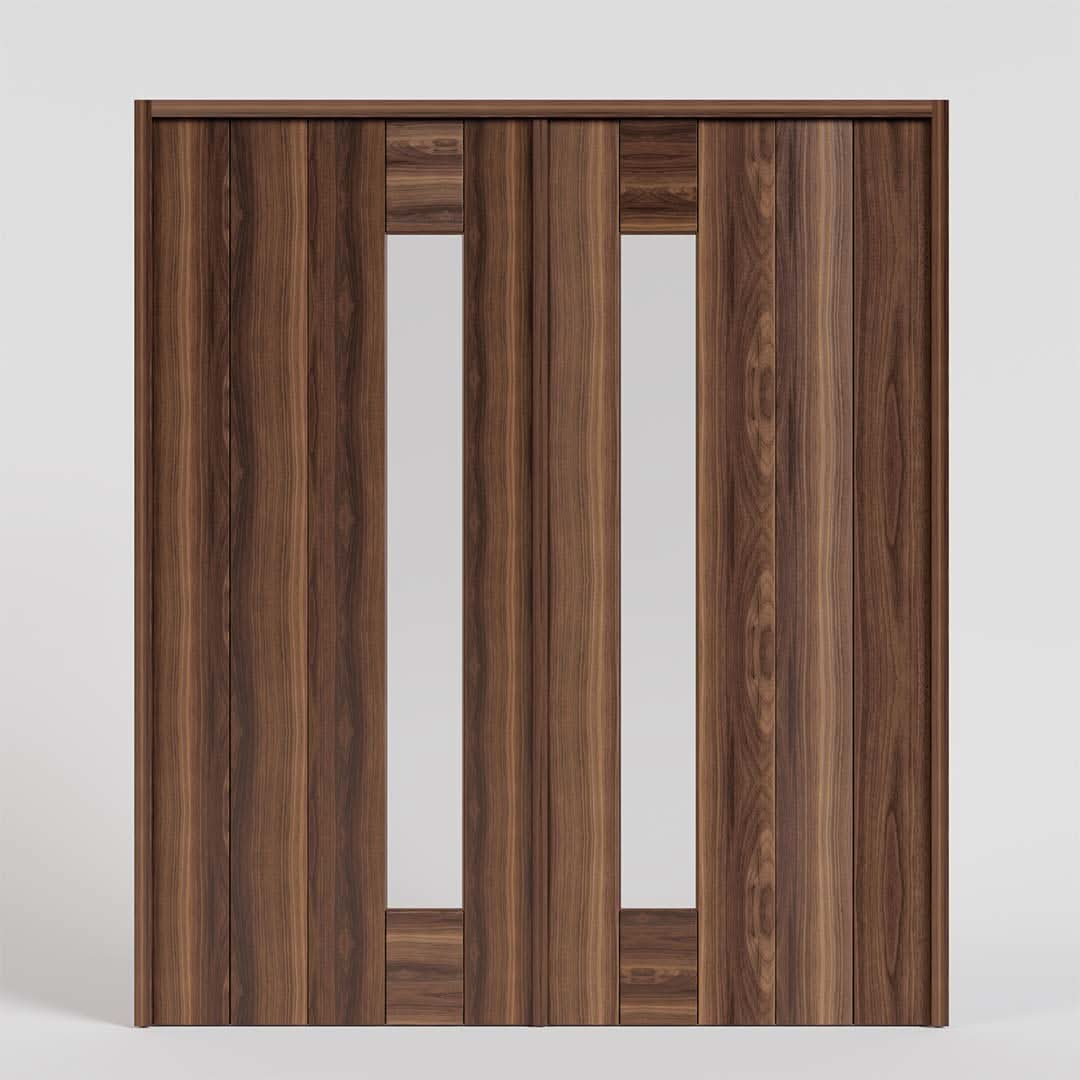
Leave a comment (all fields required)